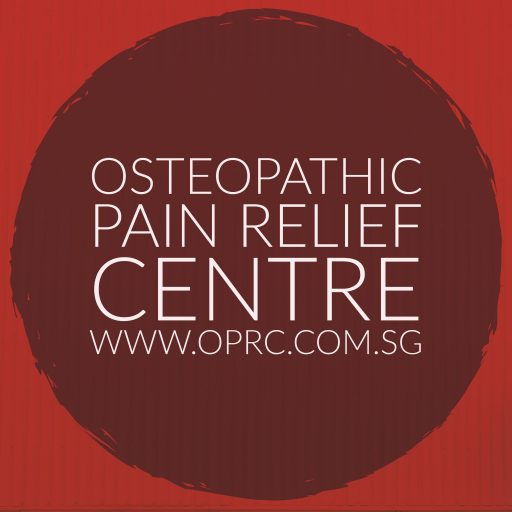Osteopathic Treatment of Knee Pain
Knee pain is common in most age groups, although more prevalent as we get older. It has been shown recently that excessive activity, with little stretching and warm up, is the cause of most knee pain in young adults. This can lead to early wear and tear known as ‘degeneration’ or ‘arthritis.’ Minor injuries can present as muscular strain; moderate injuries often consist of soft tissue damage such as meniscus irritation, ligament strain or pulled tendons, while severe injuries are fractures, meniscus tears, ligament tears and tendon separation. Early osteopathic examination is advised to analyse these injuries. This will include a comprehensive assessment of how your body mechanics are compromised in terms of short leg syndrome, runner’s knee, flat feet, lax ligament syndrome and joint stiffness.
Relief from muscular knee pain
Muscles can be injured in three main ways: over load leading to a tear (impact injuries), trigger points or muscles knots from over contraction and the accumulation of minor traumas. Osteopaths are skilled in determining the extent of these injuries through observation and palpation (feeling for tissue injuries). Relief is provided using various neuro-muscular techniques. Osteopaths are less reliant on machines, using natural methods of soft tissue manipulation and trigger point release to assist healing. Together with specific stretching and behaviour correction, muscular injuries recovery well and further injury is prevented.
Relief from ‘True’ Runner’s Knee
Runner’s Knee is common in the average runner, presenting as diffuse pain around the outside of the knee that radiates into the knee cap area. This is frequently and inaccurately attributed to arthritis. In reality, there is a build up of muscle tightness in ‘hard to stretch areas’ (iliotibial tract) leading to mal-alignment of the knee cap and causing pain. Osteopaths will assess the patient’s running mechanism and give appropriate corrective advice. Any slight twists in the pelvis or lower back can cause additional twists in the knee which can be corrected with osteopathic treatment. These assessments are unique to, and can only be done by, osteopaths. By working in this holistic way, osteopaths can facilitate a more complete resolution allowing the runner to resume their training.
Relief from ‘Knee Joint’ Pain
The majority of pain attributed to wear and tear (arthritis) in the knee can be relieved and managed well with osteopathic treatment. Knee pain experienced when running, squatting or climbing stairs is most often due to mechanical mal-alignments of the knee cap, muscle tension and irritation of the knee bursa and meniscus. Pain relief is achieved by treating local tissue injuries which present with inflammation followed by re-balancing other parts of the lower leg to improve the mechanics and aid recovery. For most people once the inflammation is reduced the pain subsides, however prevention of further damage and early intervention is the key to long term relief.
Relief from knee swelling
Internal damage is usually the cause of swelling in the knee. However, irritation of the membrane lining the knee joint is also a common and less serious cause. This produces excessive fluid that responds well to hydrotherapy and osteopathic treatment. Knee twists and strains can irritate the knee and cause swelling, as can direct impact or excessive kneeling which results in swelling of the bursa (fluid filled “gel” packs that absorb pressure) below the knee cap. Osteopaths can target common structures that are damaged, reduce the swelling, re-balance the affected tissue and prescribe preventative measures, limiting further damage. Persistent swelling is indicative of serious damage within the knee and examination is important to avoid surgery. Should surgery be necessary, osteopaths can assist in recovery in order to avoid strain on other body parts.
First Aid for knee pain
Hydrotherapy is vital to most knee injuries- apply a cold compress for 10min then a heat compress for 10min and re-apply cold compress for a further 10min. Repeat this procedure every 2-4 hours. Any activity resulting in bruising or sudden swelling (within 30min) with an accompanying sensation of heat and tenderness should be investigated. If swelling appears 1-4 hours after an activity, apply the hydrotherapy procedure and be examined by an osteopath.

